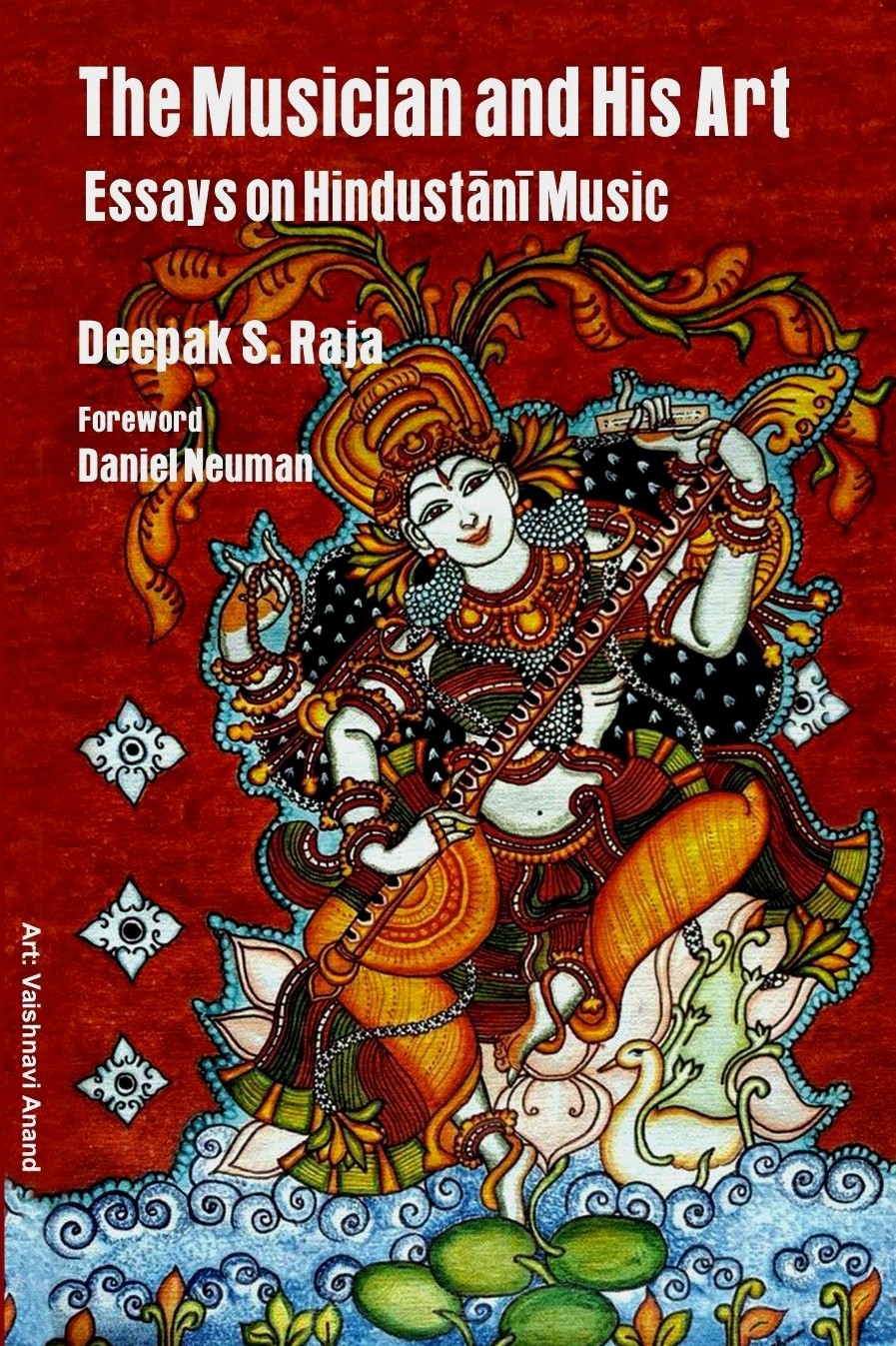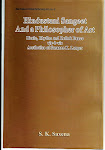The Pakhawaj (originally known as Mridang) is a venerated instrument. The Mridangam of Carnatic music belongs to the same family. The instrument was originally made of clay. In recent years, however, it has been crafted from wood.
Mythology attributes the Mridang’s origination to Brahma, the Creator of the universe. According to legend, Lord Shiva was once dancing totally out of synch with rhythm. Bramha was worried that Shiva’s wayward footwork might disturb the balance of the universe. So, he instructed Vishwakarma to craft a drum, and ordered Ganesha to start playing it in order to discipline Shiva’s dance. Thus the Mirdang/ Pakhawaj was born. Several other Indian instruments are associated with such legends, suggesting their antiquity and untraceable origins.
 |
| RAJA CHHATRAPATI SINGH |
Up to 18th century AD, the Mridang/ Pakhawaj was the dominant rhythmic accompaniment for art music and even Kathak dance. Today, its presence is largely limited to the Dhrupad genre. The Hindustani mainstream now prefers the Tabla across all modern genres of music. The Pakhawaj, no doubt, still enjoys immense prestige as the originator, developer, and preserver of the rhythmic science and percussion art.
The most widely cited derivation of its name is from Sanskrit: Paksha = side + Vadya = instrument. The Pakhawaj is a horizontal wooden barrel-drum, asymmetrical on one side. Its forearm-powered open-palm playing technique gives its sound a booming resonance and sonorous dignity. In addition to accompaniment, the Pakhawaj also has a solo tradition for connoisseurs of rhythm.
Having been a resident of the Vaishnava temples along with Dhrupad, the Pakhawaj cultivated its art most assiduously in the Mathura/ Vrindavan region. From there, it travelled to the Mughal court with Dhrupad, and continued its forward march. The landmark figure in Pakhawaj history was Lala Bhagwandas, a product of the Mathura/Vrindavan tradition, and an esteemed musician at Akbar’s court (16th century). His disciples spearheaded Pakhawaj traditions in several parts of the country – Punjab, Uttar Pradesh, Maharashtra, Madhya Pradesh, Gujarat, Rajasthan, and Bengal.
When Dhrupad was declared a “museum piece” in the early years after independence, this description did not apply to the Pakhawaj. After European and US markets warmed up to Dhrupad, starting from the 1960s, gathering steam in the 1980s, the Pakhawaj scene also got a shot of adrenalin. The instrument now shares the fruits of the Dhrupad revival.
The Pakhawaj now also appears to be on the threshold of the global market for Indian and cross-cultural ensembles. Several Hindustani and Carnatic percussion instruments have entered this segment since the 1980s. The entry of the Pakhawaj, though late, is hardly surprising. Any instrument which speaks the language of rhythm with such grace and authority had to, one day, find a global audience.
Amongst segments of the Dhrupad legacy, the world of the Pakhawaj continues to be more vibrant than either Dhrupad vocalism or the Rudra Veena. Historians attribute the comfortable supply of Pakhawaj players to the additional talent available outside art music – in the devotional music traditions, where the instrument is well-entrenched and relatively insulated from market forces.
Note: For a detailed report on the Pakhawaj and the Tabla, please read "Hindustani Music Today", by Deepak Raja, DK Printworld, New Delhi.










